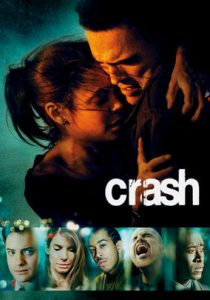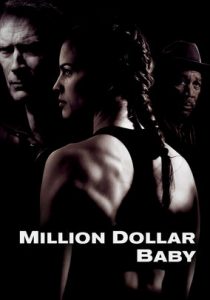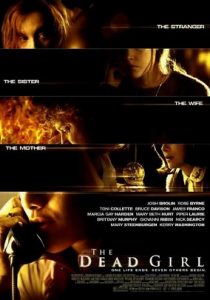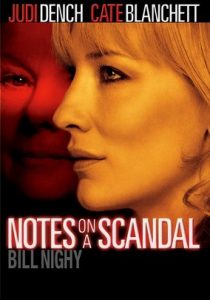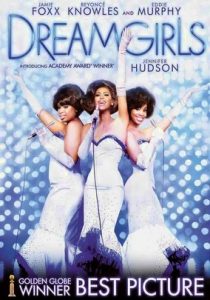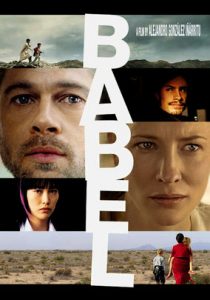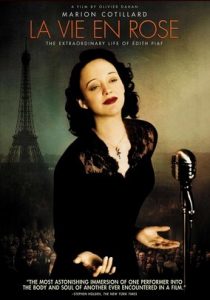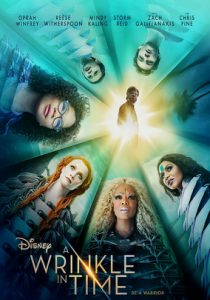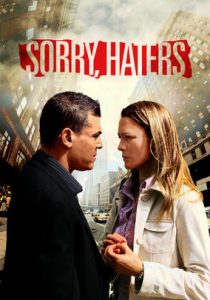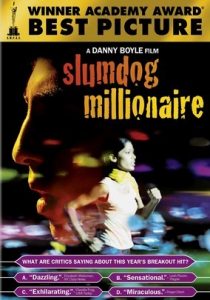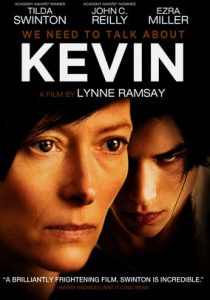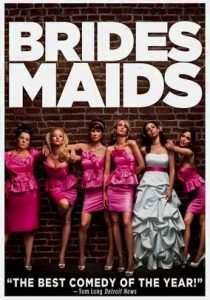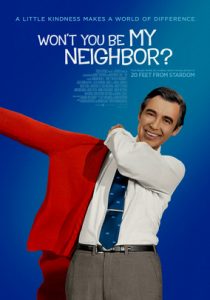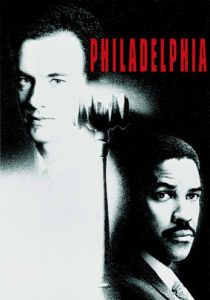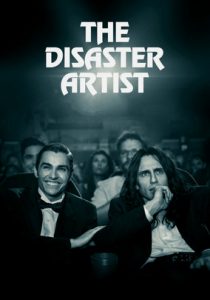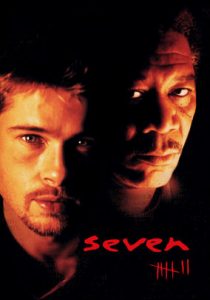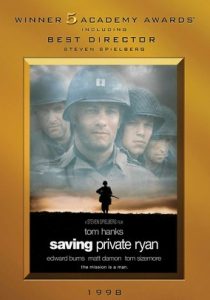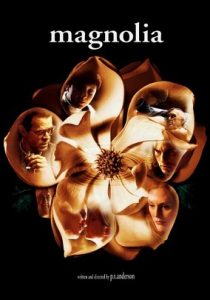Mystic River-2003
Director Clint Eastwood
Starring Sean Penn, Tim Robbins
Scott’s Review #801
Reviewed August 10, 2018
Grade: A
Mystic River (2003) is a film that I consider to be the second-best offering directed by Clint Eastwood.
Along with Million Dollar Baby (2004), Eastwood successfully creates two compelling back-to-back dramas, not too dissimilar from each other.
He was unquestionably the “it” director of the early 2000s, and with Mystic River, helms a gritty, mystery drama with a stellar cast, nuts-and-bolts storytelling, and enough twists and turns to keep the audience guessing and ultimately shocked.
All of these pieces result in a memorable experience.
The film is based on the novel of the same name, written by Dennis Lehane. A tremendous element is a locale of Boston, and an Irish, blue-collar/working-class theme, prevalent throughout the story.
Thanks to the cinematography, illuminating a grey and stormy look, enhances the rest of the film. I adore films shot in and around Boston as so much culture and flavor are provided.
Eastwood hardly misses a beat with some cold and grizzled touches that play into the hardships and struggles of the character’s everyday lives.
The story itself begins as we meet the central characters (Jimmy, Dave, and Sean) as young boys, a three musketeers-type scenario where they are like blood brothers. After an incident occurs where Dave is accosted by men and sexually abused, he is ultimately rescued after four torturous days, but his life is never the same.
Fast forward twenty-five years and the boys are now men, still living in a working-class Boston neighborhood. Each is now married, their lives have moved on, drifted away from each other, and contain vastly different personality types.
They reunite after a tragedy occurs.
For starters, a major win by Eastwood is the casting of each of the male characters. Sean Penn plays Jimmy, the volatile ex-con, who runs a small store, while Sean, played by Kevin Bacon, has become a Massachusetts State Police officer, putting him directly at odds with Jimmy.
Sadly, Dave (Tim Robbins), now lives a quiet life, still harboring trauma, shame, and guilt from his childhood experience. When Jimmy’s daughter (Emmy Rossum) is brutally murdered, the three friends’ lives are intertwined as they search for the killer taking the viewers down a dark path filled with secrets, some from the past.
Laura Linney and Marcia Gay Harden give tremendous performances as Jimmy’s and Dave’s wives, respectively.
Mystic River is a film where all of the great elements come together perfectly. From the acting to the components of the story to the whodunit involved, to the exciting twist and conclusion to the overall film are truly exceptional.
But what sets it apart from a standard drama or thriller are the characterizations and relationships among these characters.
Childhood memories can last a lifetime in their monumental importance and this is evidenced many times between Jimmy, Dave, and Sean. Blood brothers, yes, but when tragedy strikes, old wounds and fresh wounds together run deep.
The themes of violence and revenge are firm staples of this film, and these are commonalities for many Eastwood films. Viewers may also find themselves conflicted with whom to sympathize with or where their allegiances should lie.
Jimmy, the anti-hero, will garner sympathy for the vicious loss of his daughter- pain that can never be fully healed.
Did Dave, the obvious prime suspect, kill the girl? If so, was it on purpose or by accident? Are others, specifically his wife, involved in a cover-up? Eastwood carves the setup spectacularly, but is it a simple red herring? These events make the film unbelievably compelling.
Fabulous is the performances all around, but especially by Penn and Robbins, both awarded with Oscar wins for Best Actor and Best Supporting Actor, respectively.
Penn never delivers poor performance, but Jimmy is one of his best characters yet. As for Robbins, he fills the character of Dave with empathy- a wounded bird left damaged through no fault of his own, suffering a terrible fate due to circumstances, misunderstandings, and ultimately tragedy.
Mystic River (2003) watched alongside Million Dollar Baby (2004) would make for an excellent Saturday night for fans of Clint Eastwood’s directorial talents. These two are the best of the best with great character development and rich writing.
The direction, however, enhances the spectacular elements and takes it a bit further providing appropriate texture and a wonderful atmosphere.
Oscar Nominations: 2 wins-Best Picture, Best Director-Clint Eastwood, Best Actor-Sean Penn (won), Best Supporting Actor-Tim Robbins (won), Best Supporting Actress-Marcia Gay Harden, Best Adapted Screenplay


